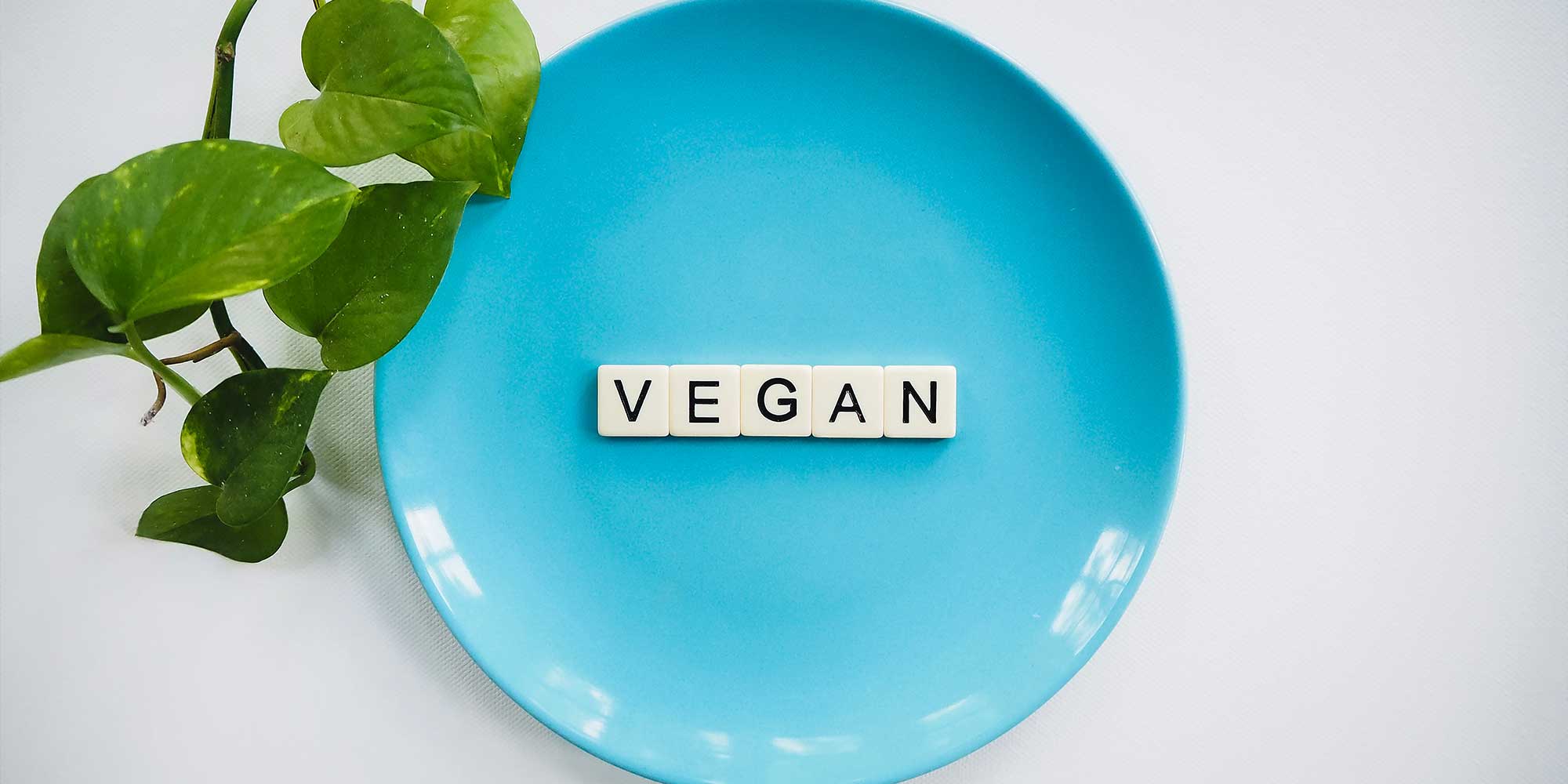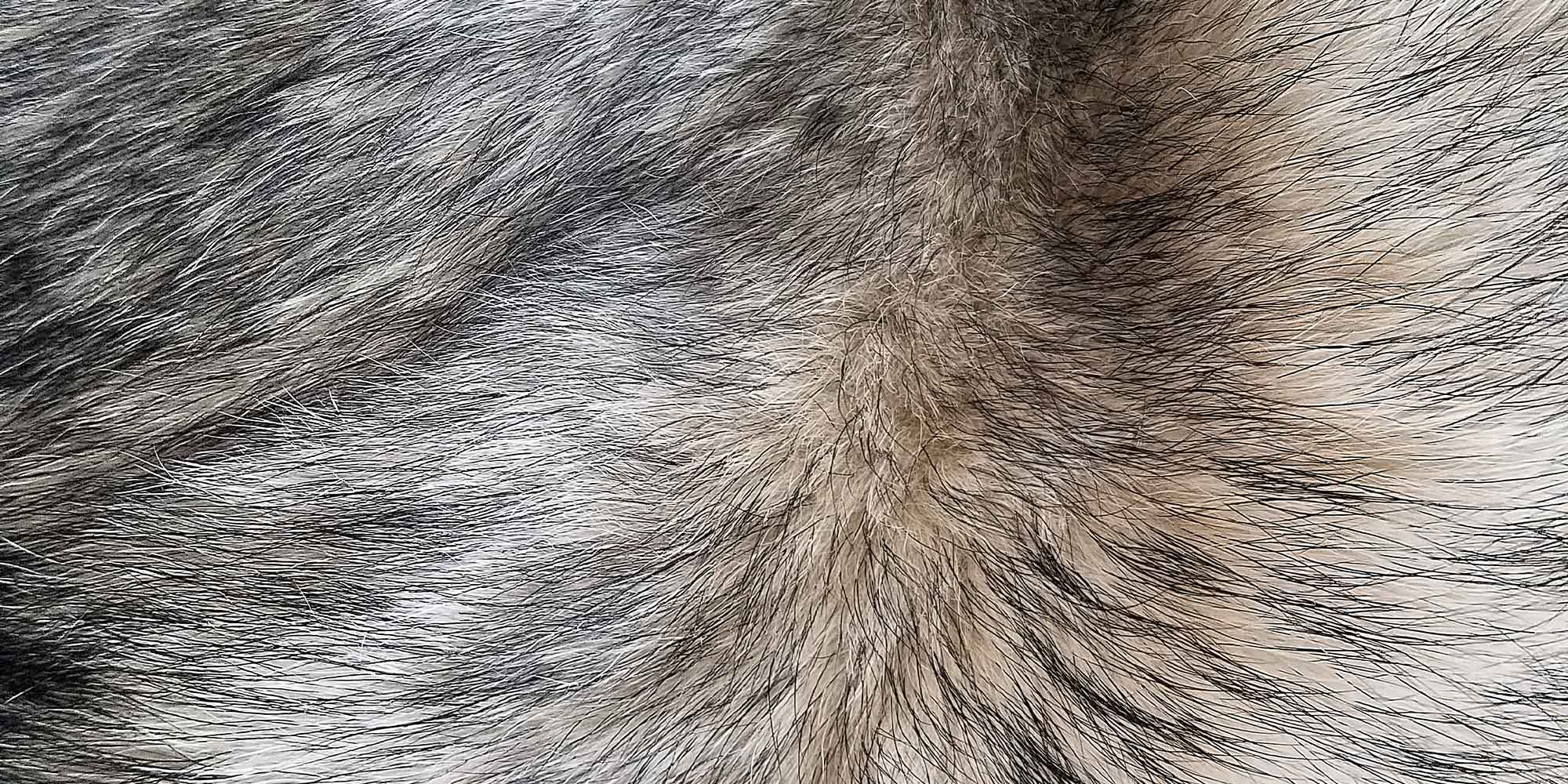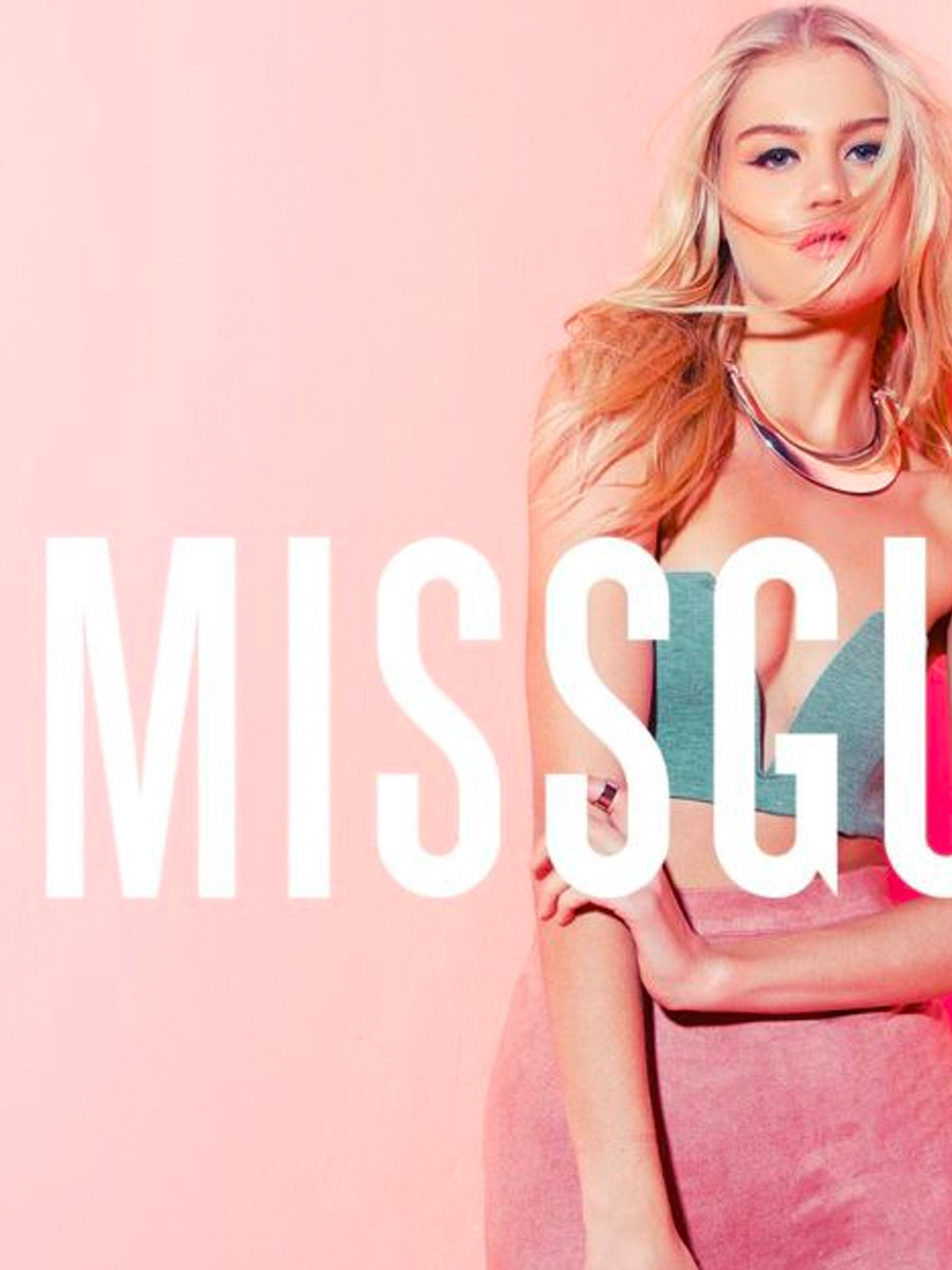Whether you’re looking into veganism or just prefer to sport cruelty-free clothes, read on to learn all about what vegan fashion is and why it’s gaining popularity, and how you can make the switch yourself.
In 2019, researchers at Oxford University published a paper concluding that switching to a plant-based diet can positively impact our health and the environment. This is excellent news for those of us who care about the wellbeing of people, animals, and the planet. But did you know veganism isn’t just about food? People who follow a vegan lifestyle also choose not to wear animals, either. And some people may choose to support cruelty-free fashion even if they aren’t vegan in their day-to-day life. So, let’s take a look together to answer the question: what is vegan fashion?
In the fashion sphere, the vegan trend isn’t new—technically, our basic organic cotton t-shirt or ubiquitous jeans, for example, are vegan in that they contain no animal substances. However, brands’ use of terminology such as “vegan” and “cruelty-free” has been gaining prominence over the years. This uptick is partly thanks to conscious consumers keen on extending their vegan principles to all areas of their life, beyond the plant-based food and animal-free cosmetics they may already purchase. In a recent poll of 14,000 people by our friends over at global animal welfare organisation FOUR PAWS, “almost 90% of respondents want the fashion industry to prioritise animal welfare alongside environmental protection and social standards.” This is fantastic news for animals and the future of vegan fashion.
But even if you don’t call yourself vegan in everyday life, you may still be tempted by vegan or cruelty-free fashion. Why? Because the interesting thing about it is that it seems to win hands down over conventional fashion in terms of several human, environmental, and of course, animal welfare impacts. Let’s see what all the fuss is about.
A few definitions

Most of us will be familiar with the terms “vegan” and “cruelty-free” in the context of food and beauty products. Whilst there is no overarching legal definition of these terms, the beauty industry has typically defined them as follows:
- vegan: a product that contains no animal, or animal-derived, substances; and
- cruelty-free: a product that has not been tested, and whose ingredients have not been tested, on animals
In the beauty industry, these terms refer to two different things: one is the product elaboration process (is it carried out without involving animals?), the other is the finished product (does it contain any substances of animal origin?). Here’s the tricky—and slightly misleading—part: a product can be vegan but not cruelty-free if it contains no animal products but was tested on animals. And vice versa: it could be labelled “cruelty-free” due to no animal testing but contain animal substances, thus resulting in a non-vegan product. So for discerning consumers, the distinction is important.
In the fashion industry, there is less of a distinction between the terms “vegan” and “cruelty-free” for the simple reason that there is no obligation to carry out animal testing for apparel and accessories. So in fashion, the terms tend to be used interchangeably. That said, for the super-conscious consumer, understanding what goes on in the beauty space can help us make certain choices in fashion. For example, if a company sells “vegan” clothes, would we still buy them knowing that the same brand tests its fragrances and cosmetics on animals?
What’s going on with animals in fashion?

Animals are being exploited on fur farms, cattle ranches, and abattoirs, to name a few, and the lack of transparency and traceability on the part of brands means that consumers can’t know in what conditions the animals ending up in our fashion items were reared, transported, or slaughtered.
Global organisations such as Humane Society International and People for the Ethical Treatment of Animals (PETA) have documented widespread abuse of animals for the sake of fashion. Some of us will remember PETA’s campaign featuring supermodels bearing the slogan: “I’d rather go naked than wear fur”.
Granted, not everyone is tempted by or can afford fur—though it is often found in relatively inexpensive trimmings and accessories too. But take good old leather, widely present in both fashion apparel and accessories. The leather industry is rife with animal cruelty, lack of regulation and enforcement, and labour abuses, including tanneries employing underage children and harming their workers and communities with toxic chemicals. Due to complex supply chains, most of the world’s leather is untraceable, so it could also be contributing to deforestation in the Amazon. And don’t get us started on the fallacy of leather being a by-product of the meat industry, about which we’ve written previously.
Even for those of us who would choose not to wear anything originating from a dead animal, such as fur, leather, or other skins, it’s still worth bearing in mind that animals used (as opposed to killed) for fashion suffer immensely. So if you are concerned about animal welfare, you may want to consider moving away from wool, angora, and all other animal-derived materials, too.
Due to a combination of hard-hitting public campaigns and consumers demanding greater accountability from companies, the fashion world has seen major shifts towards a more compassionate approach. Fashion weeks such as London, Amsterdam, and Melbourne have become fur-free—with Helsinki going one step further by also becoming leather-free and skins-free. Likewise, fashion heavyweights such as Prada, Gucci, and Burberry have dropped fur from their collections. Mulberry and Diane von Furstenberg have dropped exotic skins, whilst Chanel is the first luxury house to have dropped both fur and exotic skins. And high street brands are on it, too: H&M and Nike, for instance, have both dropped exotic skins. Of course, as some of those brands might still use leather, wool, and other animal-derived materials, they cannot be called vegan brands.
Nonetheless, such changes are a step forward not only in terms of animal welfare but also from an environmental impact perspective: a Pulse of Fashion report released in 2017 concluded that from the perspective of environmental degradation, three out of the four worst fabrics are animal-derived, the four fabrics in question being: leather, silk, conventional cotton, and wool—yet another reason to choose vegan fashion. For a concise guide on the environmental impacts of animal products in fashion, check out our existing article.
Let’s get dressed

If you are that way inclined, switching to vegan fashion is, in fact, extremely easy.
Here are a few suggestions:
- refer to the Good On You ratings—we’ve done a lot of the hard work for you, so if you’re unsure how a brand fares with animals, check our Directory. Alongside the labour and environmental pillars, animal welfare is our third pillar when we rate brands. We’ll tell you whether a brand has a formal animal welfare policy in place and how much transparency there is in its supply chain. You’ll also see which (if any) animal products it uses, including fur, angora, down, exotic skins, wool, and leather
- some brands have been vetted by PETA from an animal welfare perspective and are authorised to carry the “PETA-approved vegan” logo, which you can keep an eye out for
- check your clothes labels—here are some suggestions for sustainable vegan fabrics
- look out for the innovative vegan fabrics already out there and currently being developed: from lab-grown silk or silk derived from citrus residue to vegan leather alternatives made from fruit to leaves and back again (including the upcoming fungi-derived Mylo leather, developed thanks to collaboration among prominent industry players), to recyclable nylon known as ECONYL made from abandoned fishing nets, the future of vegan fabrics is promising
Vegan is the new green
Choosing vegan fashion makes sense for animal welfare and environmental reasons—and, particularly in the case of leather, often for social sustainability reasons too—and there are plenty of ways you can ensure that your wardrobe benefits both animals and the planet.
We’ll leave you with these words, which highlight the interconnectedness of the two:
Compassion towards animals deserves to be added as a UN Sustainable Development Goal because it is an issue of justice and science that is tied to some of the most harmful industries on the planet
Joshua Katcher
















